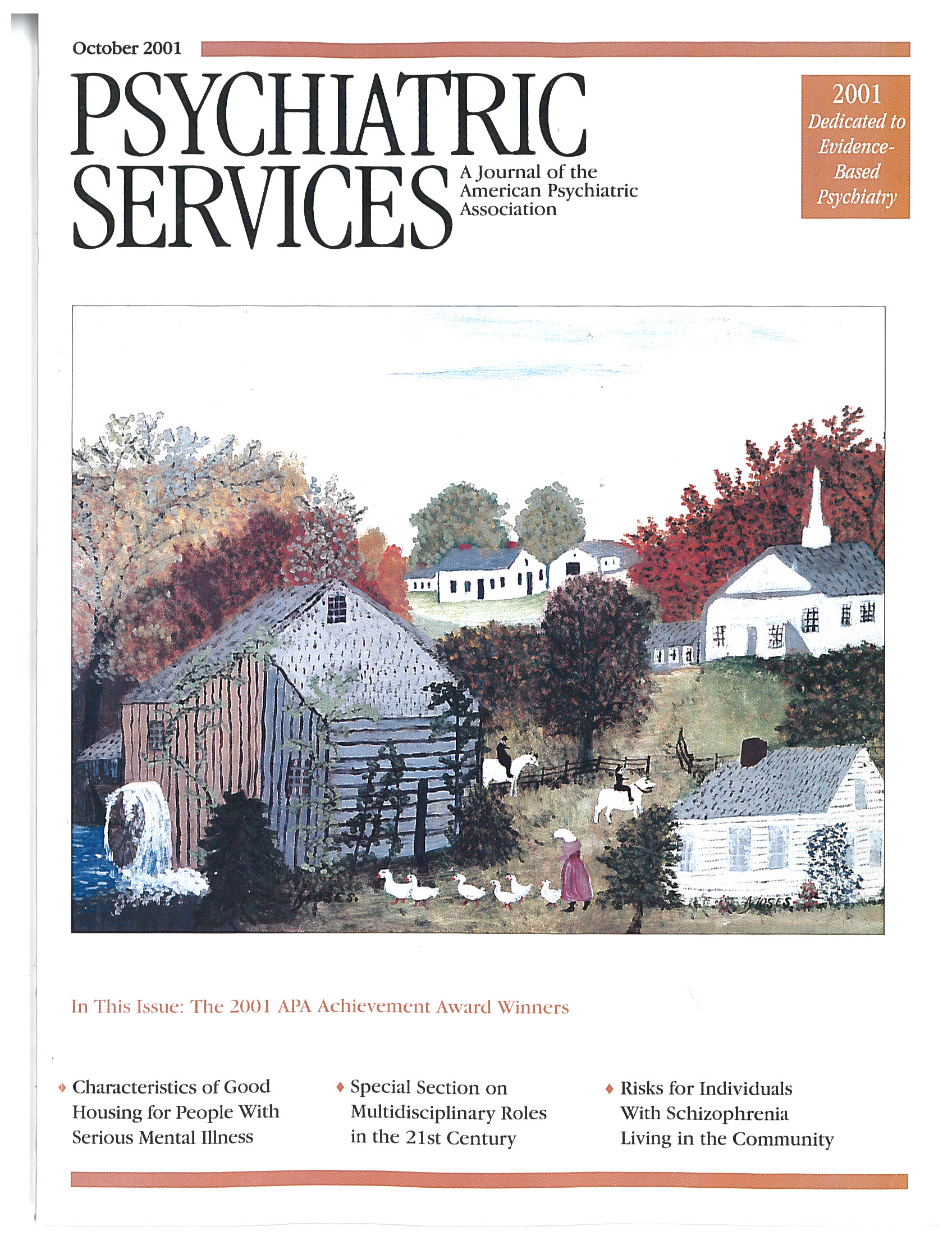Risks for Individuals With Schizophrenia Who Are Living in the Community
Abstract
OBJECTIVE: This study examined the incidence and predictors of police contact, criminal charges, and victimization among noninstitutionalized individuals with schizophrenia living in the community. METHODS: A total of 172 individuals with schizophrenia or schizoaffective disorder were recruited from community-based programs in urban Los Angeles between 1989 and 1991 and were monitored for three years. At baseline, all participants were housed and did not have co-occurring substance use disorders. Face-to-face interviews were conducted every six months. RESULTS: Eighty-three individuals (48 percent) had contact with the police during the study period. A small percentage of the contacts involved aggressive behavior against property or persons. Being younger, having had more address changes at baseline, and having a history of arrest and assault were significant predictors of police contact. Thirty-seven individuals (22 percent) reported that charges had been filed against them. Poorer social functioning, more address changes, fewer days of taking medication at baseline, and a history of arrest and assault were significant predictors of criminal charges. Sixty-five participants (38 percent of the sample) reported having been the victim of a crime during the three years, 91 percent of which was violent. Having more severe clinical symptoms and more substance use at baseline were significant predictors of victimization. CONCLUSIONS: Individuals in this sample were at least 14 times more likely to be victims of a violent crime than to be arrested for one. In general, the risk associated with being in the community was higher than the risk these individuals posed to the community



